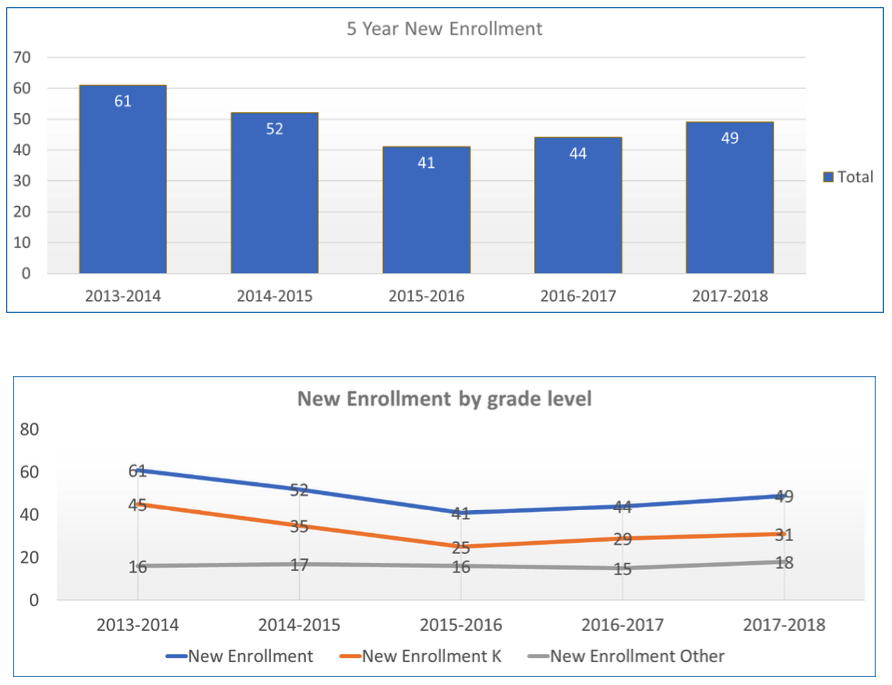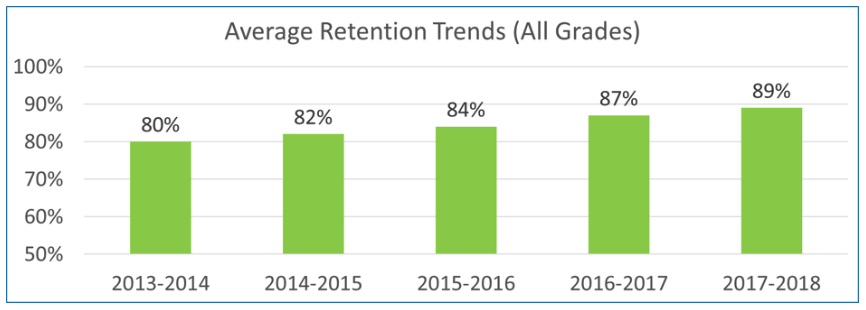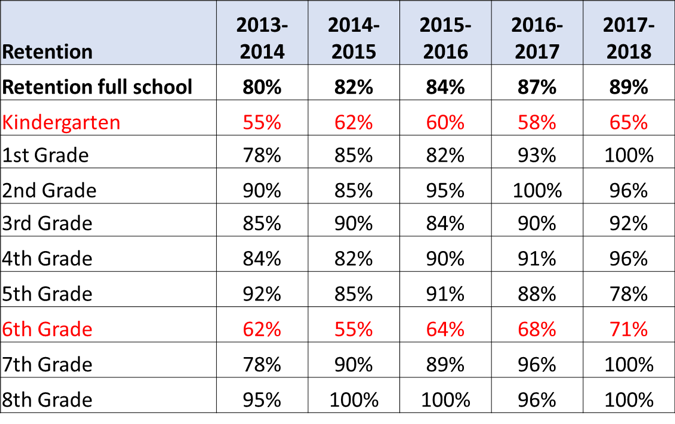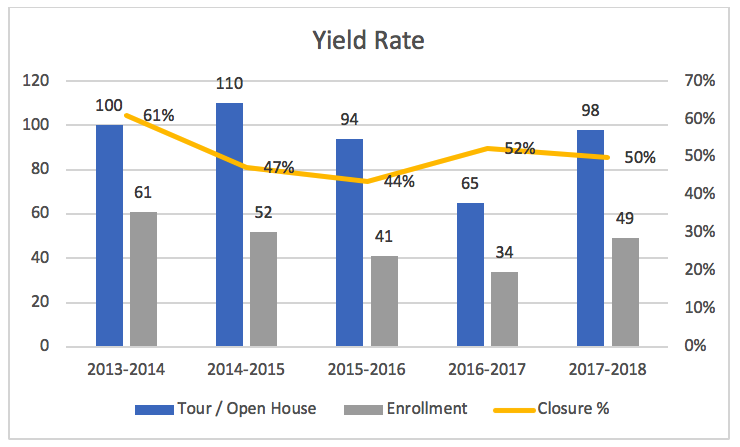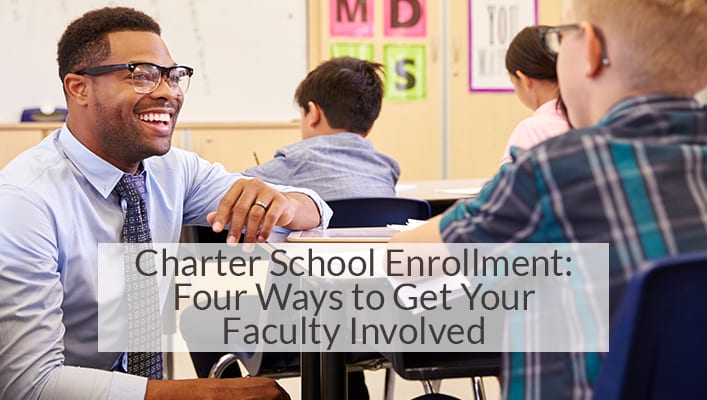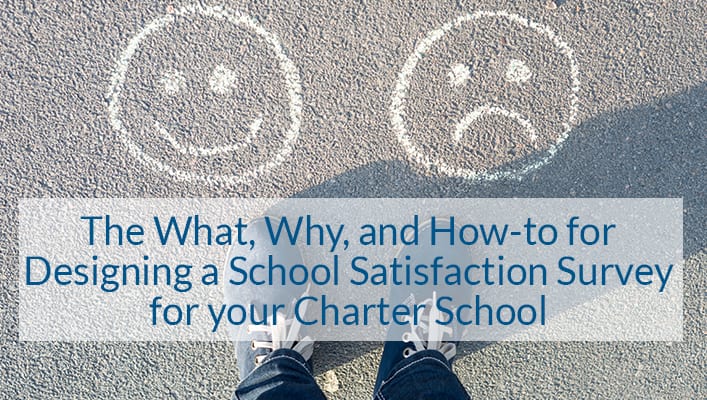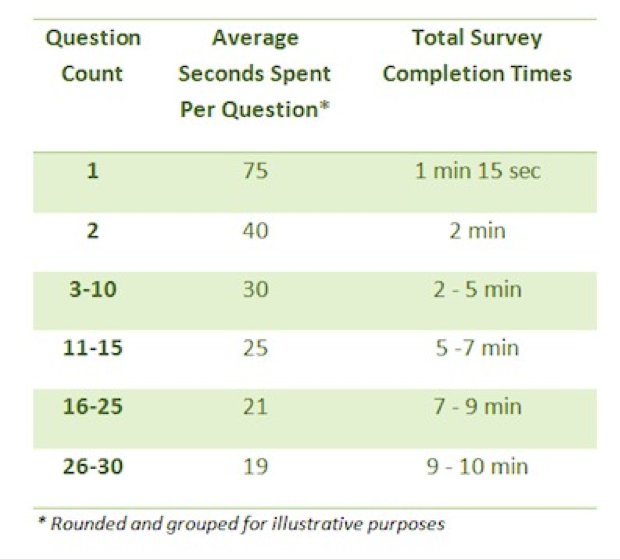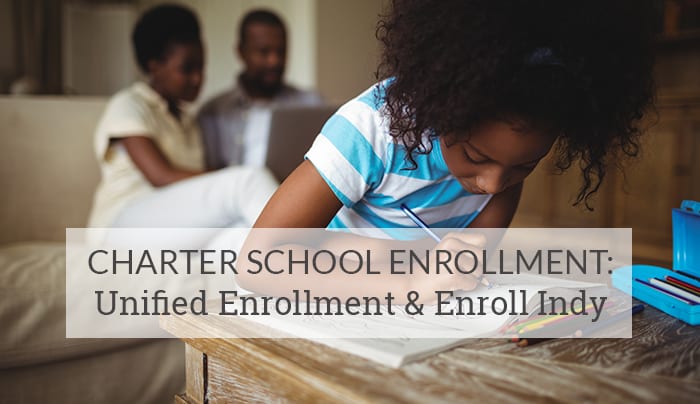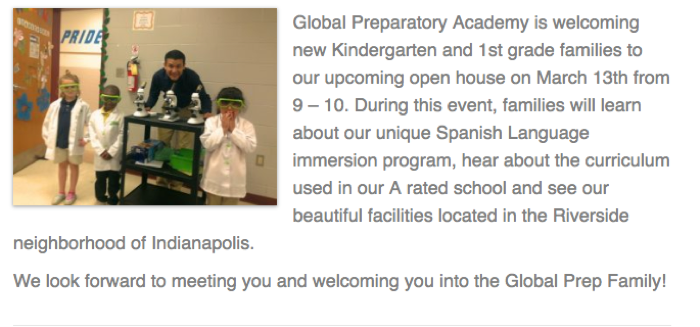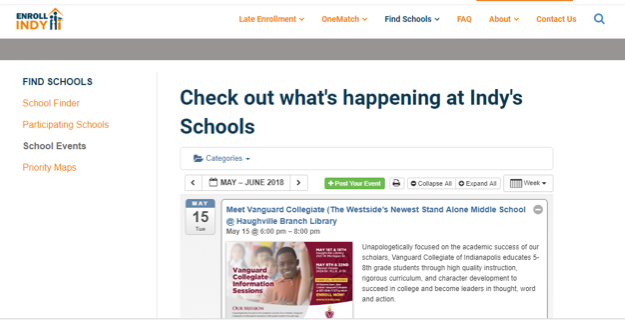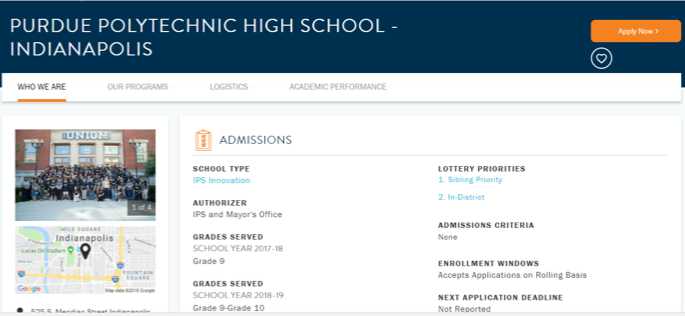
4 New Year’s Resolutions to Jumpstart Your Charter School Marketing Efforts
2019 is here, prompting us to think about resolutions and goals for this year—if we haven’t already! This is the year that I will finally get into shape, or I will lose 10 pounds. But what about setting those 2019 goals for your school? Setting new year’s resolutions for increased success with your charter school marketing efforts might be high on your list of things to do.
But, whether personal or work-related, inevitably by the end of March we all look back and wonder…what happened? Don’t feel bad, according to US News, approximately 80 percent of New Year’s resolutions fail by the second week of February.
But why do they fail? Often the reason is that we set lofty goals and then when we don’t see progress, it is easy to get disheartened and give up. I have found that breaking my resolutions into smaller, more attainable steps is the best way to make progress. Even if I don’t achieve the full resolution, I have at least taken some steps to achieve my goals.
At the outset, thinking about improving your charter school’s enrollment marketing program can seem like a huge undertaking with multiple considerations. However, simply by taking some small steps, you can start seeing the results you’re after.
Here are some resolutions that you can actually keep – so you can start getting some quick wins towards achieving your charter school marketing goals this year!
1. Resolve to get some professional development on how to market your school.
Hopefully, this article can help you achieve this goal, but there are a lot of other resources out there for you to improve your skills in marketing your school. One of the biggest challenges that I hear from my charter school clients is that they never received training on how to market their school.
You don’t need to go back to school to get your degree in marketing. There are a lot of great, free resources that you can tap into to improve your marketing acumen, and ultimately, drive more enrollment for your school.
- HubSpot HubSpot is a CRM company that I recommend to a lot of my clients. In addition to offering a robust software application that many schools use, they offer a ton of great online marketing training classes to help you develop your marketing knowledge. And the best part about it? It is totally free! From the basics of “inbound marketing”, to developing your email strategy or how to use Facebook in your marketing, HubSpot has you covered. These courses are very well done and generally, you can finish a course in under two hours. For more school-specific marketing and recruitment training, there are several blogs and newsletters that are more specific towards driving higher school enrollment.
- InspirEd Rob and Liza Norman send out a daily email that covers a lot of ground on effective school marketing. Though they approach this from the perspective of an independent school, and are more about graphic design and communications, a lot of the lessons and case studies that they discuss are applicable for a charter school.
- SchneiderB Media Brendan Schneider is the director of admissions at Sewickley Academy in Sewickley, PA. His company, SchneiderB Media, has a great blog, podcast and Facebook group that covers a lot of the topics in creating an effective school marketing program.
- Bright Minds Marketing I admit that I am biased here since this is mine, but our semi-monthly newsletters cover different topics for how schools can improve their enrollment process from the ttraction of prospective students to how to better retain your student body. I am also working on a web-based class that I hope to introduce early in 2019.
- Image7 is a group out of Australia that has a monthly newsletter, blog and a podcast. I admit that I love listening to the Australian accent, but there is a lot of good information these guys put out. Some doesn’t really apply to US based charter schools, but you can still gather a few ideas from these guys.
- Charter School Capital provides lots of resources free to charter schools to help them grow and sustain enrollment. Their new Digital Marketing for Charter Schools manual is a really helpful guide for those who are just starting their marketing efforts and want a step-by-step guide, and for those who just want to bolster the efforts, they’re already making.
Resolve to get your in-bound certification from HubSpot, download some helpful content, and sign up for two to three school marketing related newsletters. With a small investment of around four hours, you’ll be taking a great first step into becoming a more effective school marketer.
2. Make this the year that you launch a school satisfaction survey
Regardless if you are school with a long waiting list or one that is struggling to fill all your seats, your school will benefit from understanding how your current parents and staff view the operations of your school.
Related: The What, Why, and How-to for Designing a School Satisfaction Survey for your Charter School
If the prospect of writing a comprehensive survey fills you with dread, do a very short, five-question survey. Ask the following questions:
- How did you hear about our school)?
- On a scale of 0 – 10, how likely are you to recommend our school to a friend or family member?
- What would you consider the strengths of our school?
- What would you consider the weaknesses of our school?
- What is the one thing you wished we would change about our school?
These simple questions give you a lot of information: you know which channel is most effective in your marketing; you have a quantifiable number for your satisfaction levels that you can track over time; and you have identified areas that families like and areas where they feel you need improvement.
This gives you a lot of visibility and helps to form your improvement plans for the upcoming year.
There are a lot of survey platforms out there like SurveyMonkey, QuestionPro or you can even just make this survey in Google Forms.
A brief survey like this won’t cover everything, but if you aren’t doing one right now, it is a huge step forward.
3. Learn the key metric in your enrollment marketing
Sometimes gathering all your enrollment data together into an easy-to-analyze format can seem like a daunting challenge. The data might reside within multiple different spreadsheets and across different groups and people within your school.
But keeping with the theme of quick wins, there are two valuable steps you can take that will provide the valuable data needed to help inform your recruitment efforts:
- Gather the names of all the families who attended tours at your school
- Match these up with the names of families who newly enrolled at your school and divide
This small exercise is going to give you the most important metric in enrollment marketing: your “yield rate”.
Related: How to Use Data to Improve Your Charter School’s Enrollment
Knowing what percentage of students convert after a tour is one of the most actionable pieces of data that you can have. It allows you to understand if your challenge is in the attraction stage (getting families to come to the tour) or in the conversion stage (getting families to enroll). Once you have this information, you can focus on improving that particular part of your enrollment marketing program.
4. Get an outside perspective on the effectiveness of your school tour
When was the last time you evaluated the effectiveness of your school tour? If you are like most schools, this is not something that you spend a lot of time analyzing. It can be easy to fall into the trap of just doing the same thing again and again. But what if your tour is not effective? If you looked at your conversion rate, you probably know the answer, but how do you fix it?
Ask a friendly parent or a faculty member to pretend to be a prospective parent and run them through your typical school tour. Kind of like a “secret shopper”. I’m sure that they’ll point out things that you might have missed that are the best attributes of your school and perhaps some areas that need attention. Sometimes we are too close to a task to realize that there are ways that we could get better. And they might have some great ideas about a certain program or feature of your school that would resonate more with prospective parents in your community.
Achieving these four goals can make a big difference in your school recruitment efforts. Though they might seem small, if you do them this year, you will start to become a better charter school enrollment marketer and bring more students into your school. Best of luck for the New Year!
 Digital Marketing for Charter Schools: An Actionable Workbook to Help You Achieve Your School’s Goals!
Digital Marketing for Charter Schools: An Actionable Workbook to Help You Achieve Your School’s Goals!
Scratching your head as to how to go about implementing digital marketing for your charter school? You’re not alone! This free manual will be your go-to guide for all of your school’s digital marketing needs! Download this actionable workbook to help get your marketing plans started, guide you as you define your audience and key differentiators, choose your tactics and start to build your campaigns.


